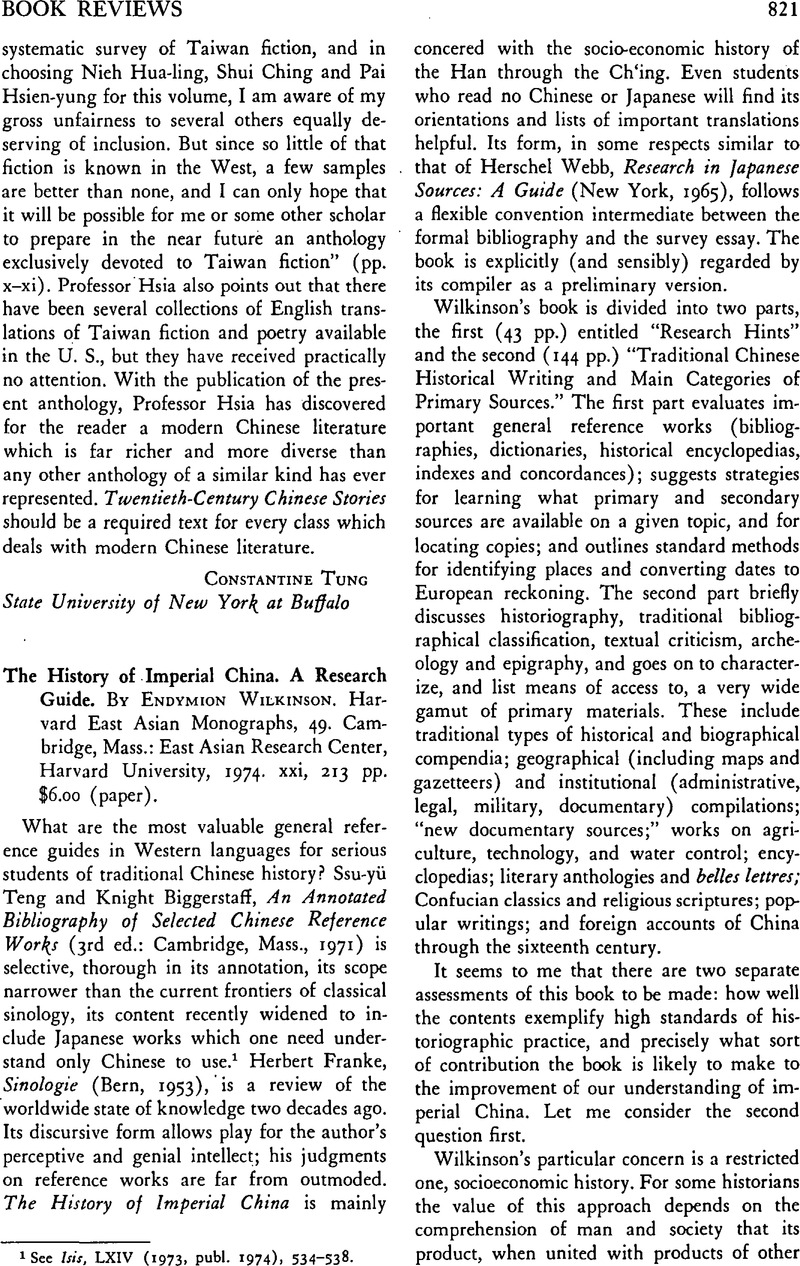No CrossRef data available.
Published online by Cambridge University Press: 23 March 2011

1 See Isis, LXIV (1973, publ. 1974), 534–538.
2 Siven, N., “A Simple Method for Conversion of a Year Expressed in Cyclical Characters to the Corresponding Year in the Western Calendar,” Japanese Studies in the History of Science, IV (1966), 132–134;Google ScholarGinzel, F. K., Handbuch der mathematischen tind technischen Chronologie (3 vols., Leipzig, 1906–1914).Google Scholar
3 Oppolzer, Th. v., Canon der Finsternisse (Wien, 1887; English translation by Owen Gingerich, Canon of Eclipses, New York, 1962).Google Scholar For finer determinations and for most solar eclipse visibility problems calculation is imperative. In particular, the visual methods used by H. H. Dubs were inadequate and make his writings on eclipses in China practically valueless. The computation technique is explained in Oppolzer and, for lunar eclipses, in Neugcbauer, P. V, Astronomische Chronologie (2 vols., Berlin and Leipzig, 1929).Google Scholar
4 For bibliographical essays on this problem and the one raised in No. 6 below, see Sivin, , Chinese Alchemy: Preliminary Studies (Cambridge, Massachusetts, 1968), pp. 272–321. A fuller list of recent Chinese taxonomic authorities is given in the review cited in Footnote 1 above.CrossRefGoogle Scholar